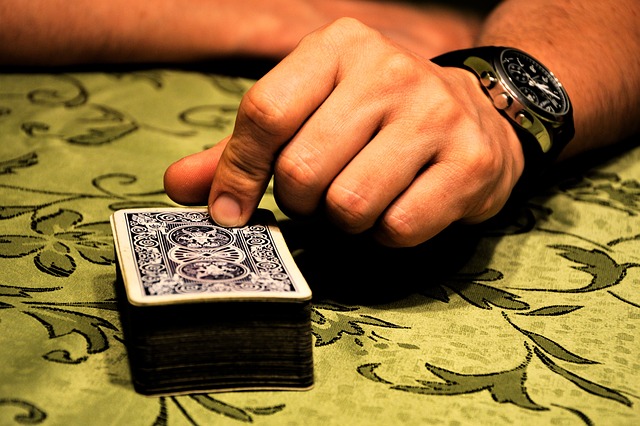Craps can look chaotic to new players, but beneath the fast pace lies a structured and strategic game. The table layout, terminology, and flow of bets all follow clear patterns. Understanding the less obvious rules helps players avoid common mistakes, manage risk more effectively, and enjoy the game with confidence.
The Flow of the Game Matters More Than Any Single Bet
Craps revolves around the “shooter” rolling the dice, and the game rhythm follows two phases: the come-out roll and the point phase. Many new players overlook how critical this distinction is. The meaning and outcome of several bets change depending on which phase the table is currently in.
Before betting, take a moment to observe whether the puck says “OFF” (come-out roll) or “ON” (point established). This helps you understand which bets are active, when odds are available, and how payouts may shift.
Come-Out Roll vs Point Phase
The come-out roll sets the stage. If the shooter rolls 7 or 11, pass line bets win. If they roll 2, 3, or 12, pass line bets lose. Any other number becomes the point.
Once the point is established, the objective for pass line bettors is simple: the shooter must roll the point again before a 7 appears. This shift from open play to point play is where many players accidentally place bets that don’t align with their strategy.
The Best Bets Are Not the Flashy Ones

Craps tables highlight many bets with attractive payouts, but not all bets are equally favorable. The table contains both low house-edge bets and high-risk, high-edge “trap” bets.
Understanding which bets are mathematically sound helps protect your bankroll. The pass line, don’t pass, come, and don’t come bets offer some of the lowest house edges in the casino. Meanwhile, proposition bets in the center of the table are among the worst deals.
Before placing bets, remember that the casino makes the most money from the wagers that look the most exciting.
| Bet Type | House Edge | Notes |
|---|---|---|
| Pass Line | ~1.41% | Simple and beginner-friendly |
| Don’t Pass | ~1.36% | Slightly better odds than Pass Line |
| Come / Don’t Come | ~1.41% / ~1.36% | Mirrors Pass/Don’t Pass during point play |
| Hardways | 9–11%+ | Tempting, but inefficient long-term |
| Single Roll Props | 13–16%+ | High risk, best avoided |
This comparison shows why seasoned players stick to the fundamentals rather than chasing dramatic payoffs.
Odds Bets Are the Player’s Best Advantage
One of the most important “hidden” rules of craps is that you should always take odds on your pass line or come bets once a point is set. Odds bets have no house edge. They pay out based strictly on the true probability of the outcome.
However, the casino will not prompt you to take odds. It is up to the player to place this additional wager behind the original pass line or come bet.
A short rule of thumb: whenever the puck is “ON” and your pass or come bet is on a number, take odds if your bankroll allows. The more odds you place, the lower your overall house edge becomes.
Table Etiquette Affects the Game More Than Players Expect

Craps is social, and etiquette is part of the experience. Poor etiquette can slow the game, irritate other players, or draw unwanted attention.
Before placing or removing chips, make sure the dice are not in motion. Dice should be thrown so they bounce off the far wall. And if you’re unsure how to place a bet, calmly ask the dealer rather than reaching into crowded chip areas.
A small amount of situational awareness helps keep the game fair and fun for everyone at the table.
Conclusion
Craps rewards players who understand the game flow, stick to low house-edge bets, and use odds effectively. While the game may appear chaotic at first glance, learning these underlying rules helps you recognize where the real advantages lie. Focus on structure, avoid high-risk proposition bets, and apply odds strategically to enjoy a controlled and informed gameplay experience.
